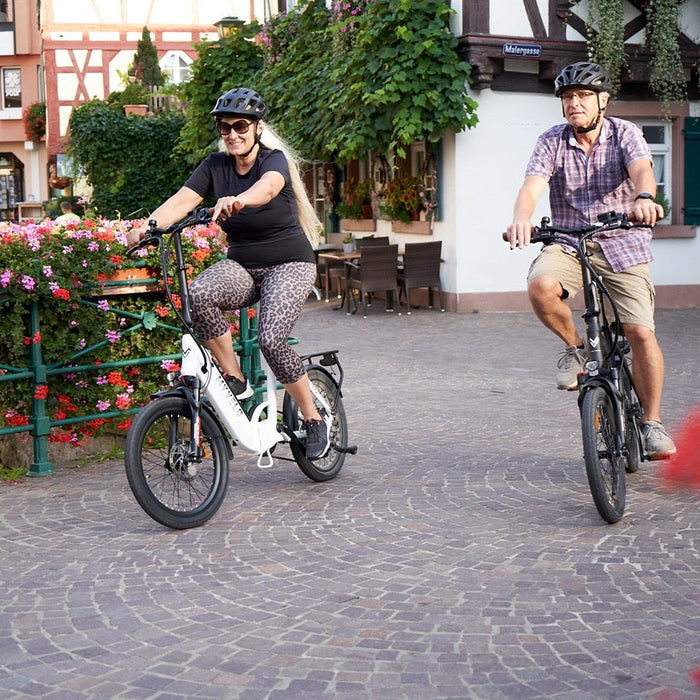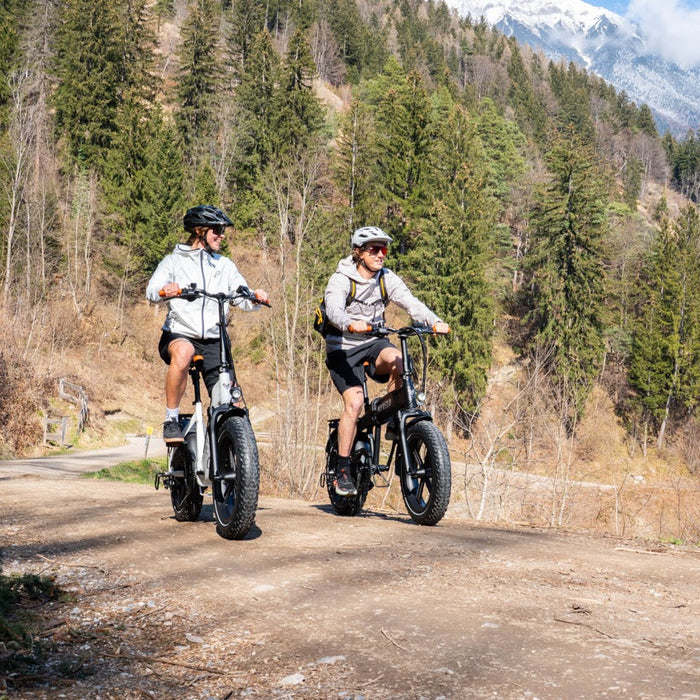A hub brake is a type of bicycle brake that is located in the hub of the bicycle wheel. Unlike other types of brakes that act on rims or discs, the hub brake applies braking action directly to the hub.
Different types of hub brakes
There are two types of hub brakes: the drum brake and the roller brake . In both types, the braking mechanism is housed inside the hub of the bike.
- Long used in the bicycle industry, the drum brake has a round, cylindrical brake drum housed in the hub of the wheel. The brake shoes are operated by cables or hydraulic lines and press against the inside of the drum to brake the wheel. Drum brakes are very durable and generally require little maintenance, but they can quickly overheat due to their limited ventilation and lose their braking effectiveness on long descents.
- The roller brake is a further development of the drum brake and instead uses rollers to transfer the braking effect to the hub. The roller brake has a greater braking torque and better ventilation than the drum brake and is therefore usually more powerful. It also usually requires less maintenance and can achieve better braking effects in heavy rain or mud.
Advantages and disadvantages of hub brakes
The hub brake has some advantages over other brakes because it is hidden inside the hub and is therefore better protected against the elements. It also generally requires less maintenance than other brakes and has a longer lifespan.
However, there are also disadvantages, including the fact that it can quickly overheat on long descents and at high speeds.
Overall, the hub brake is an interesting alternative to other brakes and can be very useful in certain situations. However, it is important to weigh up the pros and cons and choose the right type of brake for individual needs and requirements.





